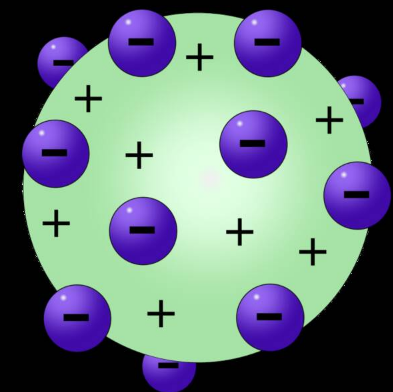Sir George Thomson
A portion of the credit for what scientists know today about electrons goes to the Thomson family. Sir George Thomson, who was born on this day, May 3, 1892, is renowned for discovering that electrons exhibit wave-like properties. His father, Joseph John Thomson, was the one who discovered the electrons themselves.
George Thomson shared the 1937 Nobel Prize in Physics with others after conducting an experiment in which he directed a beam of electrons through thin metal foils. He observed diffraction patterns that indicated electrons have a wavelength, an observation consistent with the theory proposed by Louis de Broglie. Thomson’s discovery, alongside his father’s earlier discovery of electrons as particles, provided compelling evidence for the principle of wave-particle duality. This principle states that all entities at the quantum physical level possess not only particle-like properties but also wave-like characteristics.
Scientists have since found that the wave-like properties of electrons can be used to determine the atomic structure of solid and liquid materials. By directing electrons at a substance and analyzing the resulting wave patterns, researchers can gain structural insights. This method is known as electron diffraction, and it is now widely used in various radiation-based studies and instruments.
This technique is particularly effective when used in the context of microscopy, as it allows scientists to observe extremely small structures that cannot be fully seen using visible light. It is one of the methods employed by scientists at the International Atomic Energy Agency (IAEA) and around the world to study nuclear materials and determine their properties. The goal is to identify the best approach for managing these materials from cradle to grave, as part of ongoing efforts to harness science in support of global safety and security.
The following image illustrates Thomson's model of the atom.
